22 Classic Books That Continue to Shape Literature Today
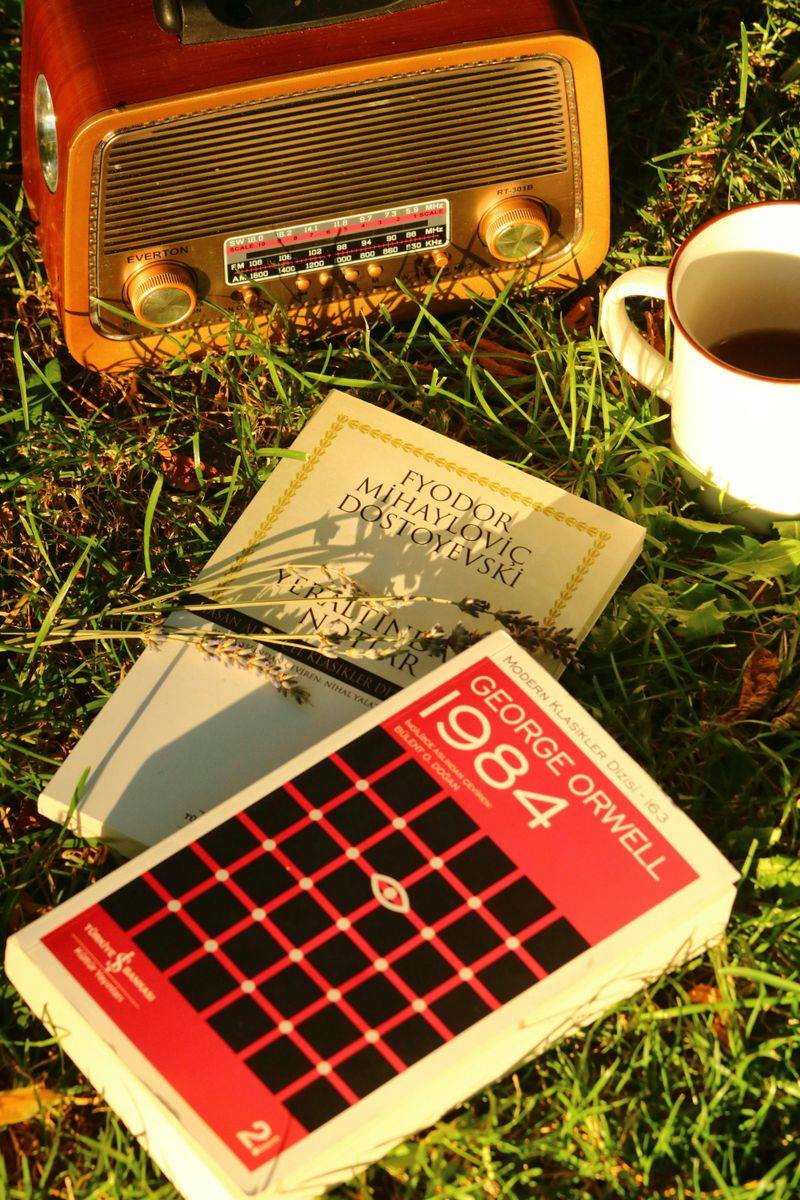
Books have a magical power to transport us to different worlds and teach us about life. Some books are so special they’ve changed how people write and think for generations. These classic works continue to inspire new authors, appear in school curriculums, and shape our understanding of storytelling. Let’s explore 22 timeless books that still influence literature today.
1. Pride and Prejudice by Jane Austen
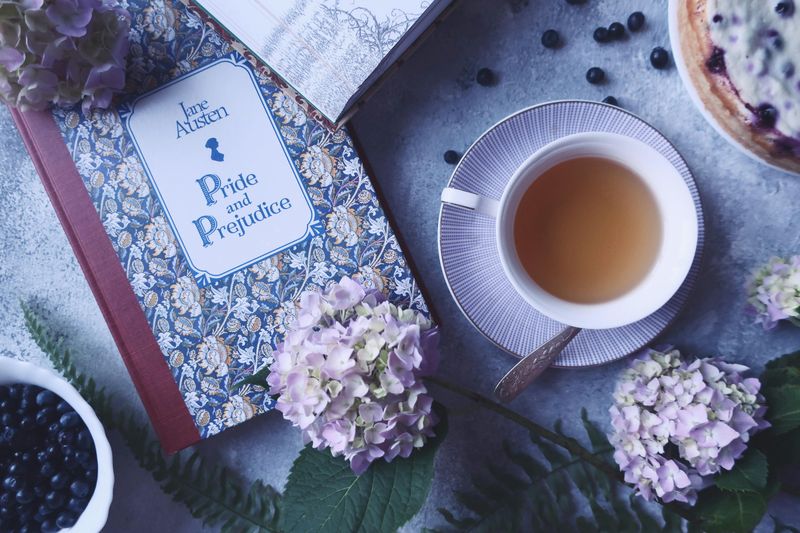
Jane Austen’s witty romance novel from 1813 remains a cornerstone of literature with its memorable characters and sharp social commentary. The relationship between Elizabeth Bennet and Mr. Darcy has become the blueprint for countless love stories that followed.
Modern romance novels still borrow Austen’s enemies-to-lovers formula and her technique of revealing character through dialogue. Even today’s romantic comedies owe a debt to her brilliant plotting and character development.
Authors from Helen Fielding (Bridget Jones’s Diary) to Curtis Sittenfeld have directly reimagined this classic, proving its enduring appeal across centuries.
2. To Kill a Mockingbird by Harper Lee
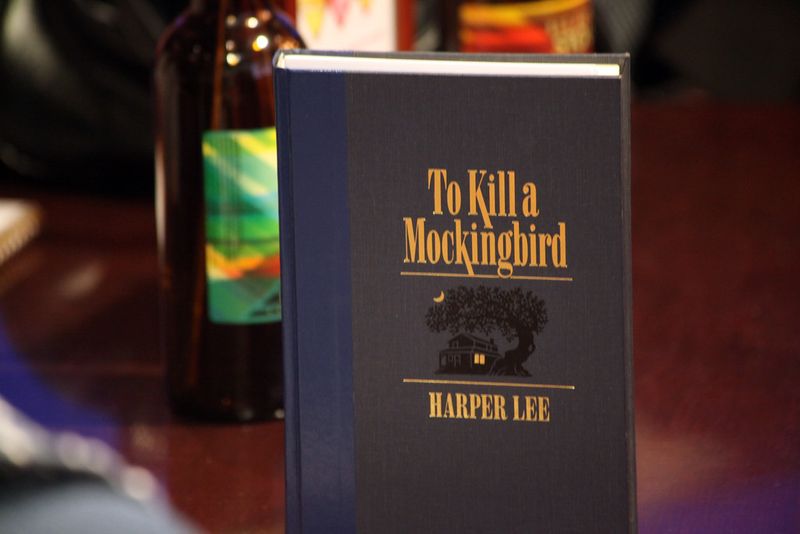
Published in 1960, Harper Lee’s novel tackles racism through the innocent eyes of Scout Finch in Depression-era Alabama. The story of lawyer Atticus Finch defending Tom Robinson, a Black man falsely accused of rape, continues to resonate with readers worldwide.
Schools across America still assign this book to teach empathy, justice, and moral courage. Its unique child’s perspective on adult prejudice creates an accessible entry point for discussing complex social issues.
The character of Atticus Finch remains a powerful literary symbol of integrity, influencing how writers craft moral heroes in contemporary fiction.
3. 1984 by George Orwell
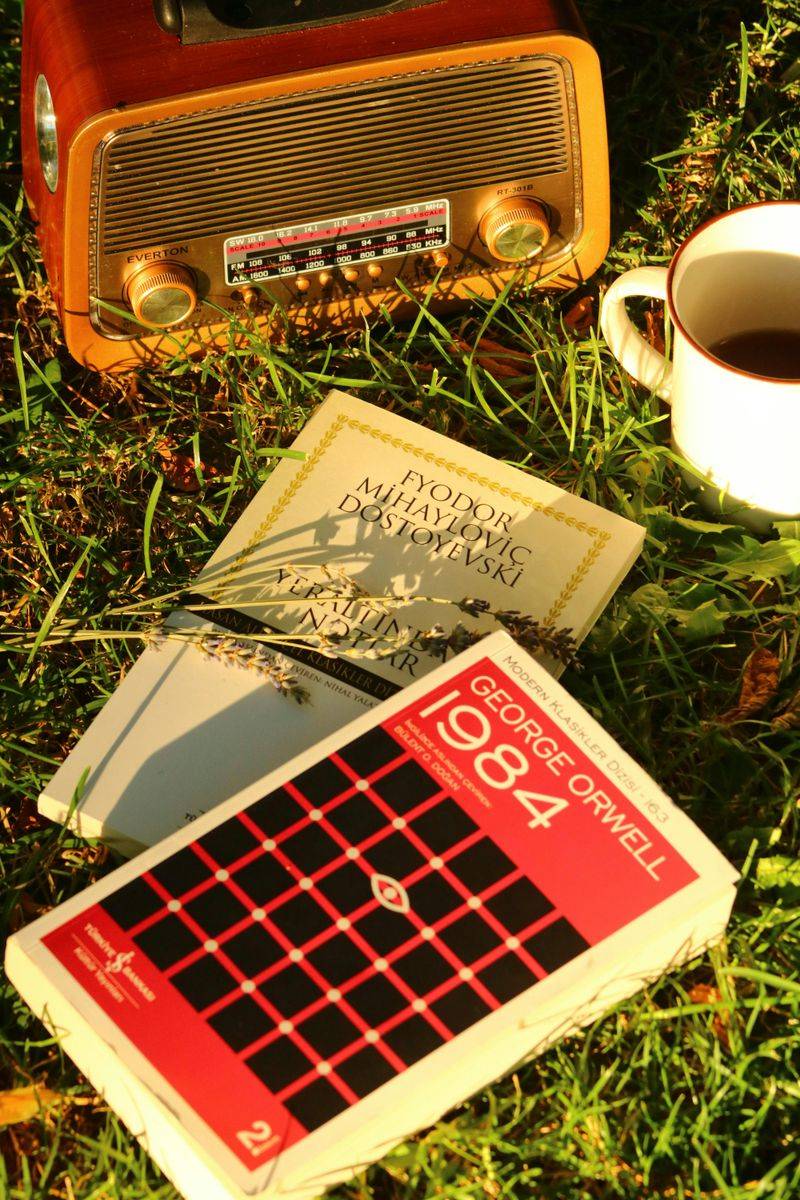
The dystopian world George Orwell imagined in 1949 gave us terms such as Big Brother, thoughtcrime, doublethink, and Newspeak—concepts still relevant today. His novel warned of surveillance governments and the use of language to dominate society.
Terms from 1984 regularly appear in discussions about privacy, technology, and government power. The book’s influence extends beyond literature into politics, where “Orwellian” describes any situation where truth is distorted.
Modern dystopian fiction, especially young adult series like The Hunger Games, builds upon Orwell’s foundation of examining how societies can control their citizens.
4. One Hundred Years of Solitude by Gabriel García Márquez
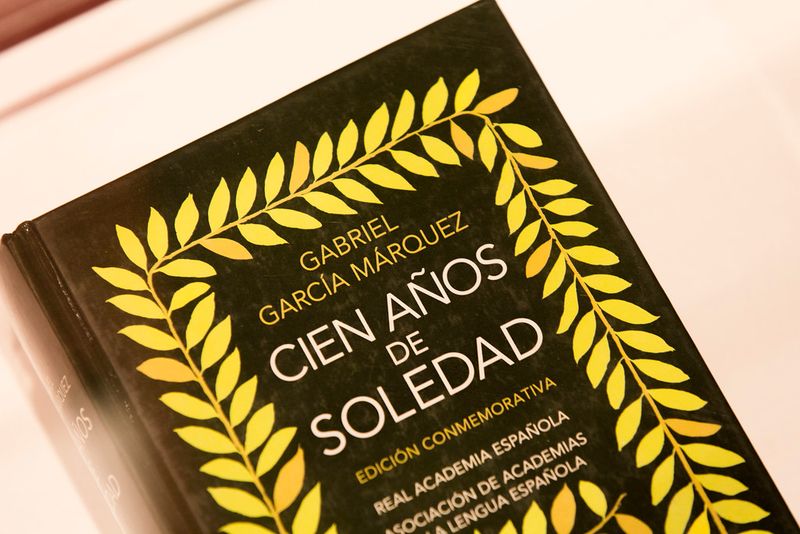
In 1967, Gabriel García Márquez released a masterpiece that brought magical realism to the forefront, weaving extraordinary happenings into ordinary life. His multi-generational saga of the Buendía family in the invented town of Macondo combines fantasy and reality in stunning prose.
Writers worldwide have adopted Márquez’s techniques of weaving supernatural elements into realistic narratives. His approach to time, memory, and family history has influenced authors from Isabel Allende to Salman Rushdie.
The novel’s circular structure and treatment of time as non-linear continue to inspire experimental storytelling in contemporary literature, showing how fiction can capture the complexity of human experience.
5. Frankenstein by Mary Shelley
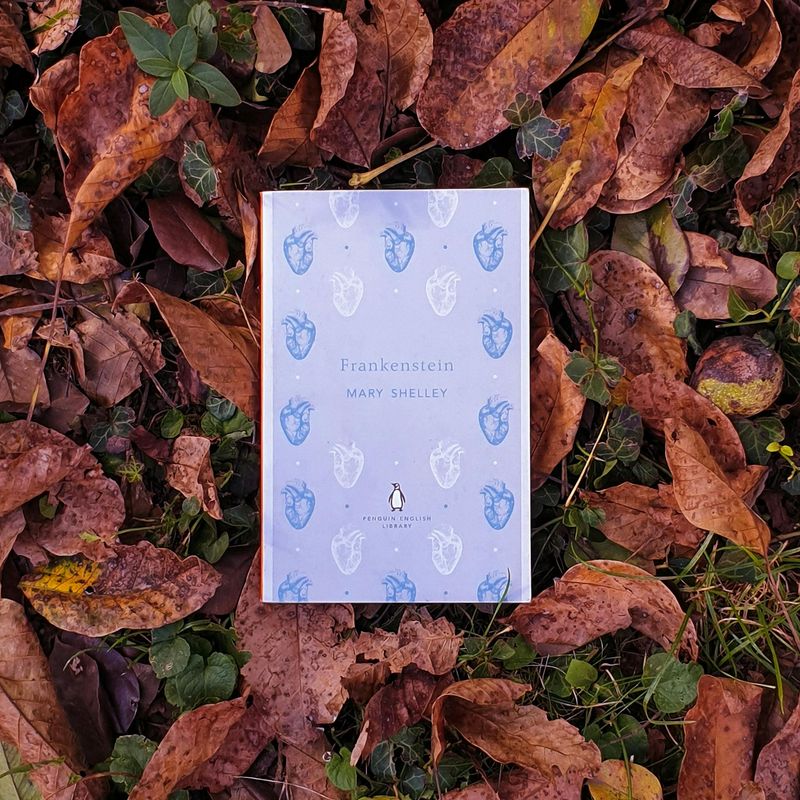
Mary Shelley’s 1818 novel, written when she was just 18, pioneered science fiction and horror genres. The tale of Victor Frankenstein and his nameless creation explores the dangers of unchecked scientific ambition and the nature of humanity.
Modern science fiction still grapples with Shelley’s central questions about scientific ethics and responsibility. Her themes about playing god with technology feel increasingly relevant in our age of genetic engineering and artificial intelligence.
The creature’s eloquent reflections on his own existence created a template for stories told from the monster’s perspective, influencing everything from sympathetic vampires to misunderstood aliens in contemporary fiction.
6. The Great Gatsby by F. Scott Fitzgerald

The Jazz Age set the stage for Fitzgerald’s 1925 novel, which examines the surface glamour and underlying emptiness of the American Dream. Jay Gatsby’s pursuit of money and affection reflects ongoing questions about ambition and social status.
The book’s lyrical prose style has influenced generations of writers attempting to capture the beauty and tragedy of American life. Its exploration of wealth’s corrupting influence remains relevant in today’s discussions about inequality.
Modern novels examining wealth and status, from Tom Wolfe’s Bonfire of the Vanities to Kevin Kwan’s Crazy Rich Asians, owe a debt to Fitzgerald’s unflinching portrayal of the wealthy elite.
7. Don Quixote by Miguel de Cervantes
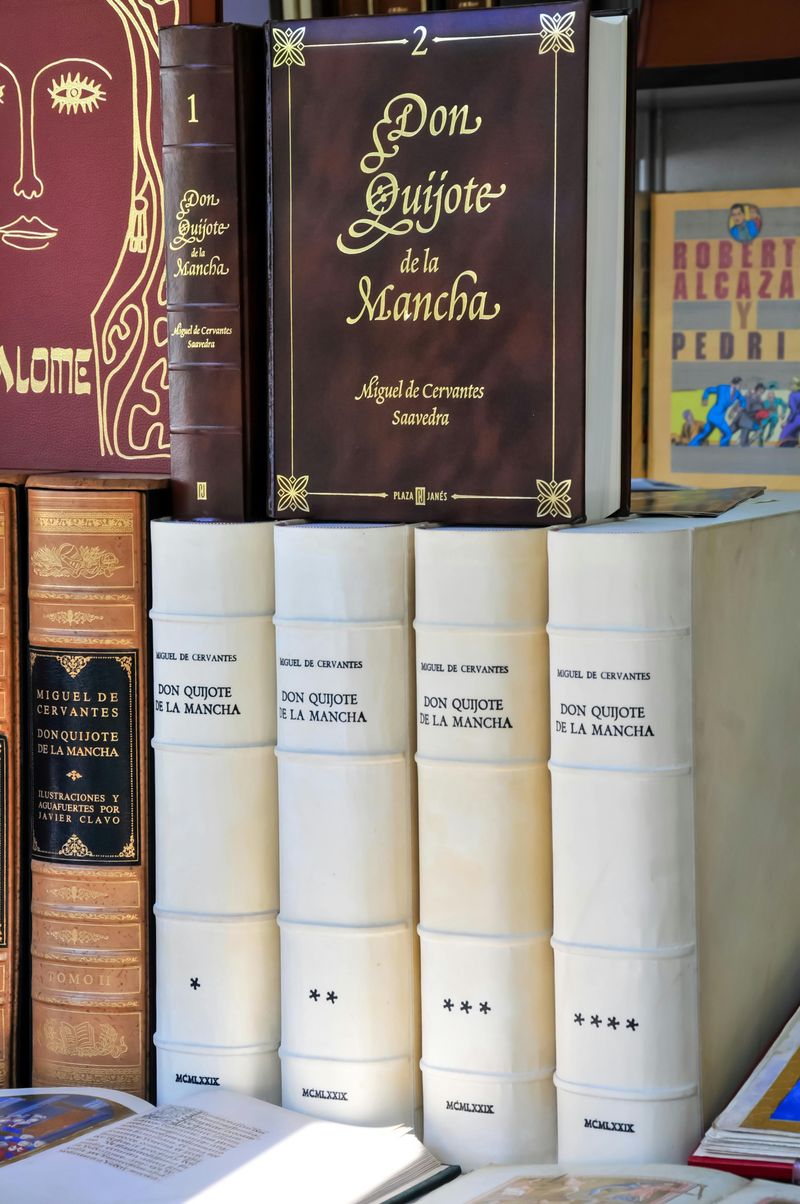
Published in two parts (1605 and 1615), Cervantes’ sprawling adventure about an elderly man who believes he’s a knight-errant is often called the first modern novel. The misadventures of Don Quixote and his practical sidekick Sancho Panza blend comedy with profound insights about human nature.
The novel pioneered techniques like unreliable narration and metafiction that writers still use today. Its exploration of the gap between reality and imagination continues to inspire stories about dreamers and idealists.
Literary giants from Dostoyevsky to Faulkner have acknowledged Cervantes’ influence on their work, making Don Quixote a foundational text in world literature.
8. Jane Eyre by Charlotte Brontë
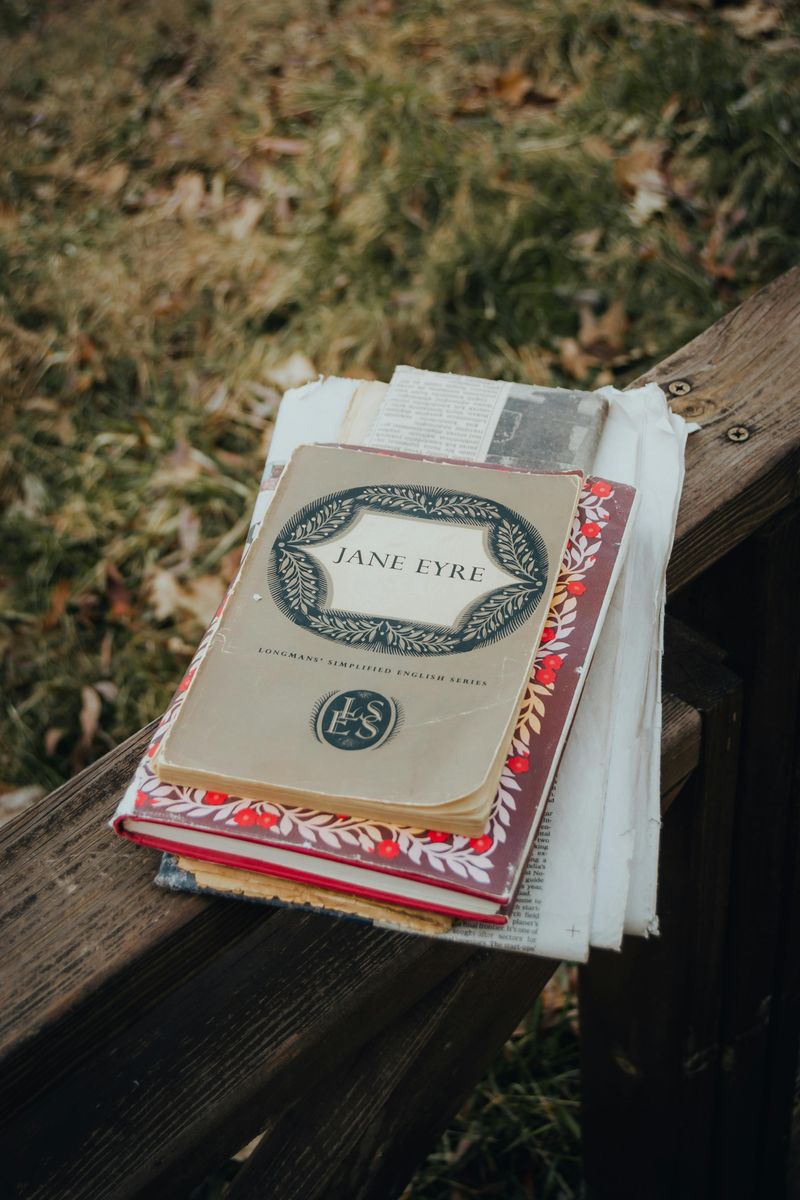
Charlotte Brontë’s 1847 novel follows the passionate and principled Jane from difficult childhood to independence and complicated romance. Jane’s first-person narration gives readers direct access to her thoughts and feelings, creating an intimate connection.
The novel revolutionized fiction with its psychologically complex female protagonist who values her own dignity and moral principles above all else. Jane’s famous declaration, “I am a free human being with an independent will,” still resonates with readers seeking stories about personal autonomy.
Contemporary feminist literature and romance novels continue to draw inspiration from Jane’s journey and her relationship with the brooding Mr. Rochester.
9. Moby-Dick by Herman Melville
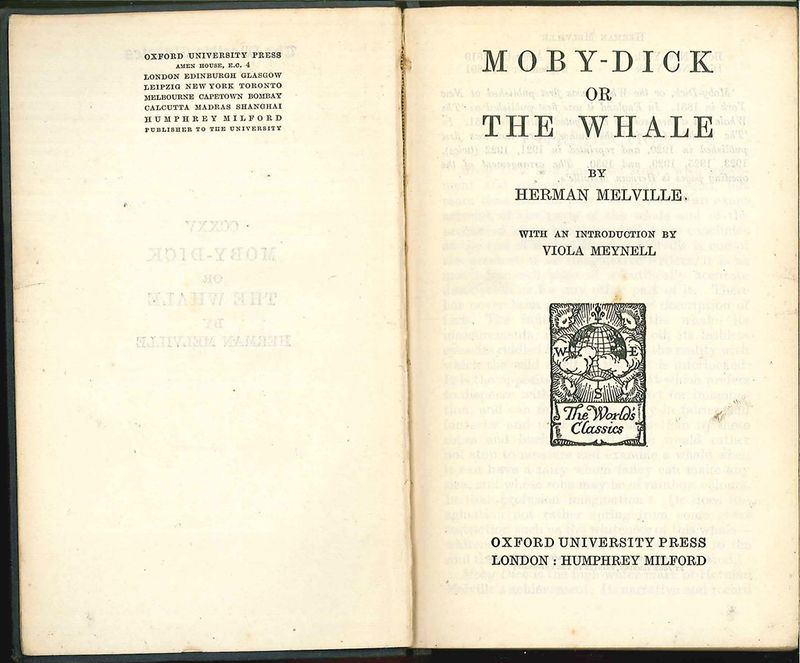
The story of Captain Ahab’s single-minded hunt for the white whale drives Herman Melville’s 1851 novel, where adventure meets deep questions about human nature and fate.
Writers still study Melville’s experimental narrative techniques, which blend different genres and voices. His willingness to break conventional storytelling rules opened doors for later literary innovators.
References to Moby-Dick appear throughout modern culture, from Star Trek to contemporary environmental literature, showing how this complex work continues to provide metaphors for human struggles against nature and our own destructive impulses.
10. The Odyssey by Homer
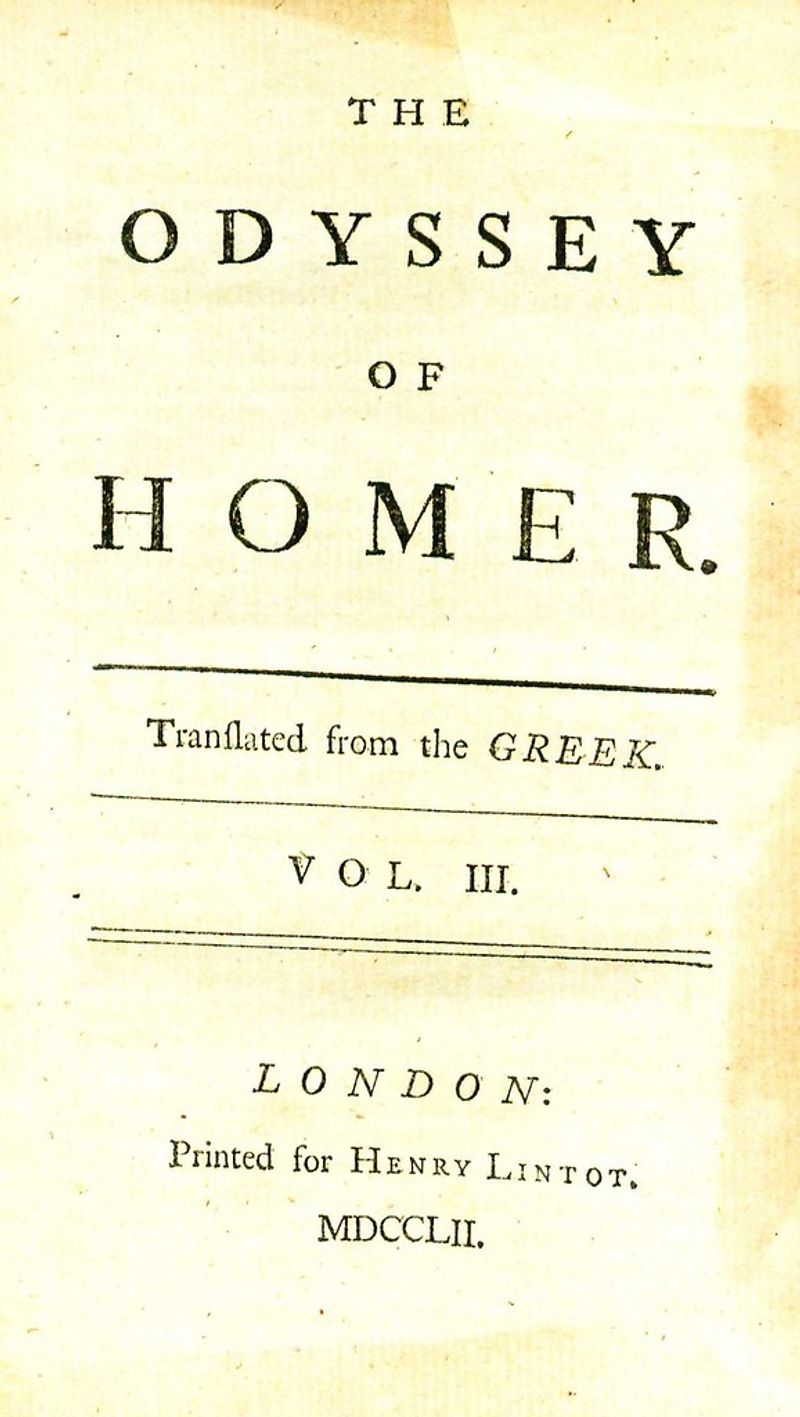
Dating back to around the 8th century BCE, Homer’s epic poem about Odysseus’s ten-year journey home after the Trojan War established foundational patterns for storytelling. The hero’s adventures with cyclopes, sirens, and other supernatural beings created a template for quest narratives.
Modern fantasy and science fiction still follow the episodic structure of The Odyssey, with protagonists facing a series of challenges on their journey. The poem’s themes of homecoming, identity, and perseverance remain central to contemporary literature.
Authors from James Joyce to Margaret Atwood have reimagined The Odyssey in modern settings, demonstrating its endless adaptability as a framework for human experience.
11. Things Fall Apart by Chinua Achebe
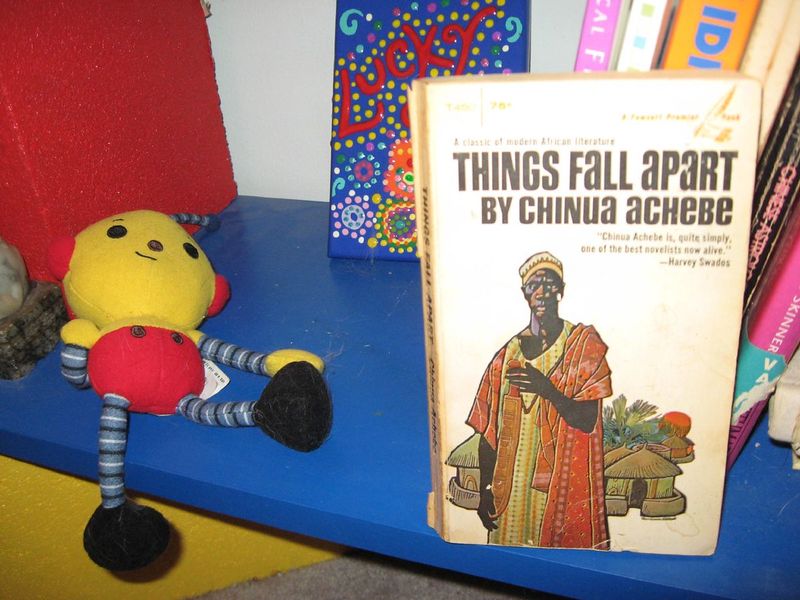
Published in 1958, Chinua Achebe’s landmark novel tells the story of Okonkwo, a respected warrior in a Nigerian village whose world is upended by British colonization. The book was revolutionary in presenting pre-colonial African society as complex and sophisticated rather than primitive.
Achebe’s work challenged Western narratives about Africa and inspired generations of writers to tell stories from non-Western perspectives. His straightforward prose style demonstrates how powerful storytelling doesn’t require ornate language.
Contemporary postcolonial literature builds on Achebe’s foundation of examining cultural clash and the human cost of imperialism through individual stories rather than abstract concepts.
12. The Brothers Karamazov by Fyodor Dostoevsky
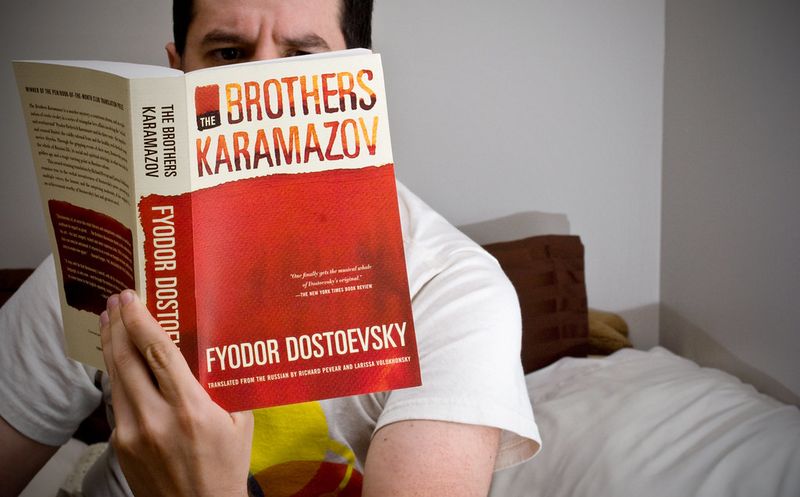
Dostoevsky’s final novel, published in 1880, explores faith, doubt, and morality through the story of three brothers and their difficult father. The book combines philosophical debates, murder mystery, and psychological depth in a sprawling narrative that influenced modern literature.
Writers still study Dostoevsky’s techniques for revealing character through dialogue and internal monologue. His ability to present multiple perspectives on profound questions without imposing a single answer shaped modern approaches to complex moral issues in fiction.
Contemporary psychological thrillers and literary fiction continue to draw on Dostoevsky’s insights into human motivation, guilt, and the struggle between rational thought and emotional impulses.
13. Beloved by Toni Morrison
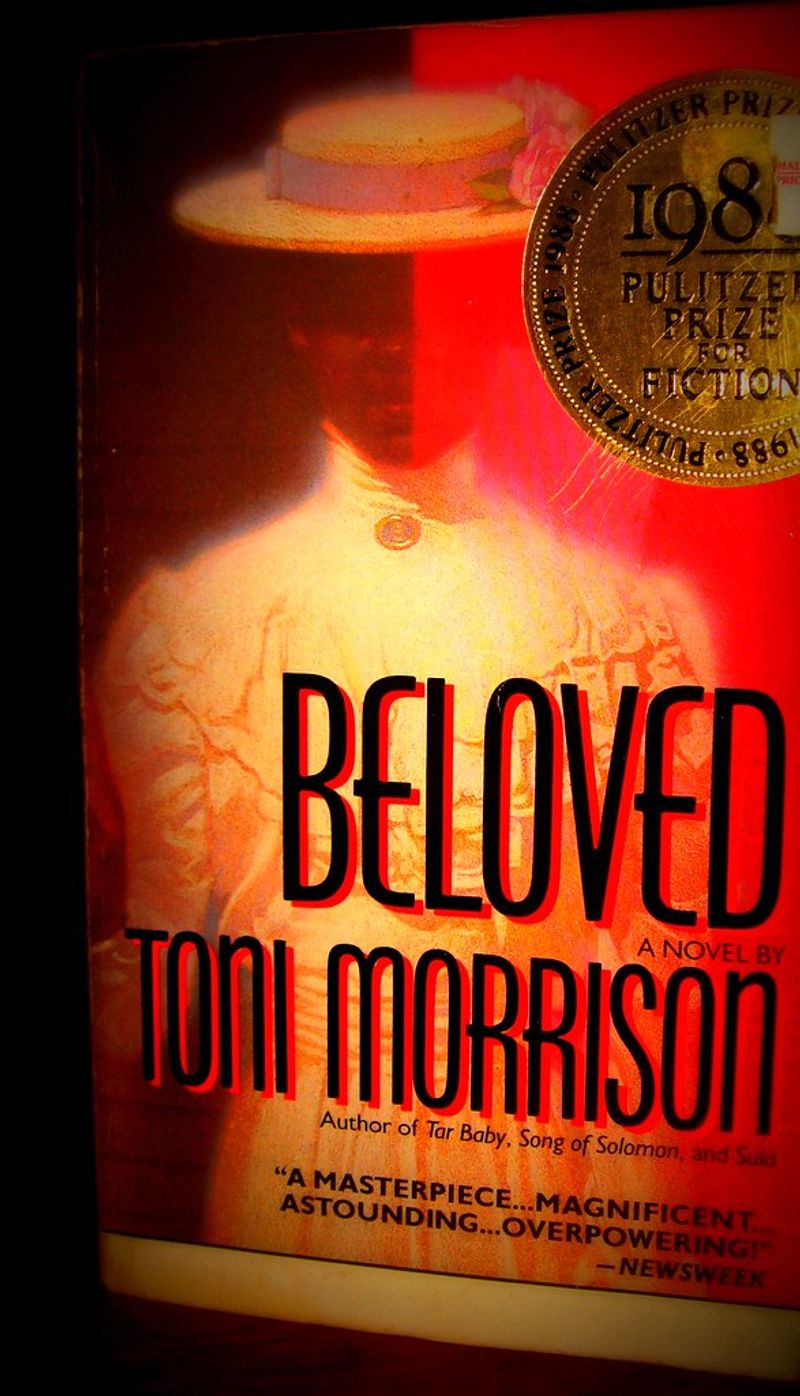
Set in the aftermath of the Civil War, Toni Morrison’s 1987 novel uses supernatural elements and harsh realism to reveal the enduring trauma of slavery.
Morrison’s innovative narrative techniques, including fragmented timelines and shifting perspectives, created new possibilities for telling difficult stories. Her unflinching examination of motherhood under impossible circumstances expanded literature’s emotional range.
Contemporary fiction addressing historical injustice often follows Morrison’s example of using individual stories to illuminate collective trauma, making abstract history viscerally real through personal experience.
14. One Thousand and One Nights (Arabian Nights)
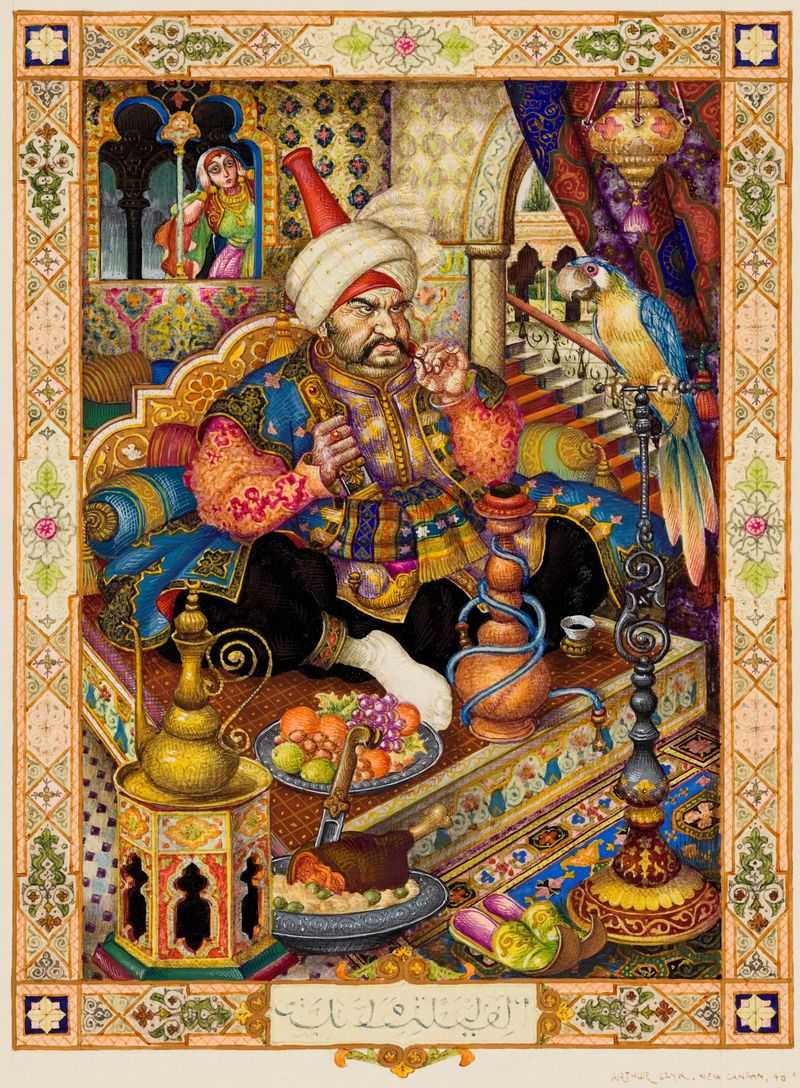
This ancient collection of Middle Eastern folk tales uses the frame story of Scheherazade telling stories to postpone her execution by a vengeful king. Dating back centuries and compiled over generations, these tales introduced Western readers to characters like Aladdin, Ali Baba, and Sinbad.
The nested storytelling technique—tales within tales—influenced complex narrative structures in modern literature. The collection’s blend of fantasy, romance, and moral lessons established patterns still found in contemporary fiction.
Modern fantasy writers continue to draw inspiration from Arabian Nights’ rich world of djinn, magic carpets, and hidden treasures, while its frame narrative device appears in everything from The Canterbury Tales to modern novels.
15. The Divine Comedy by Dante Alighieri
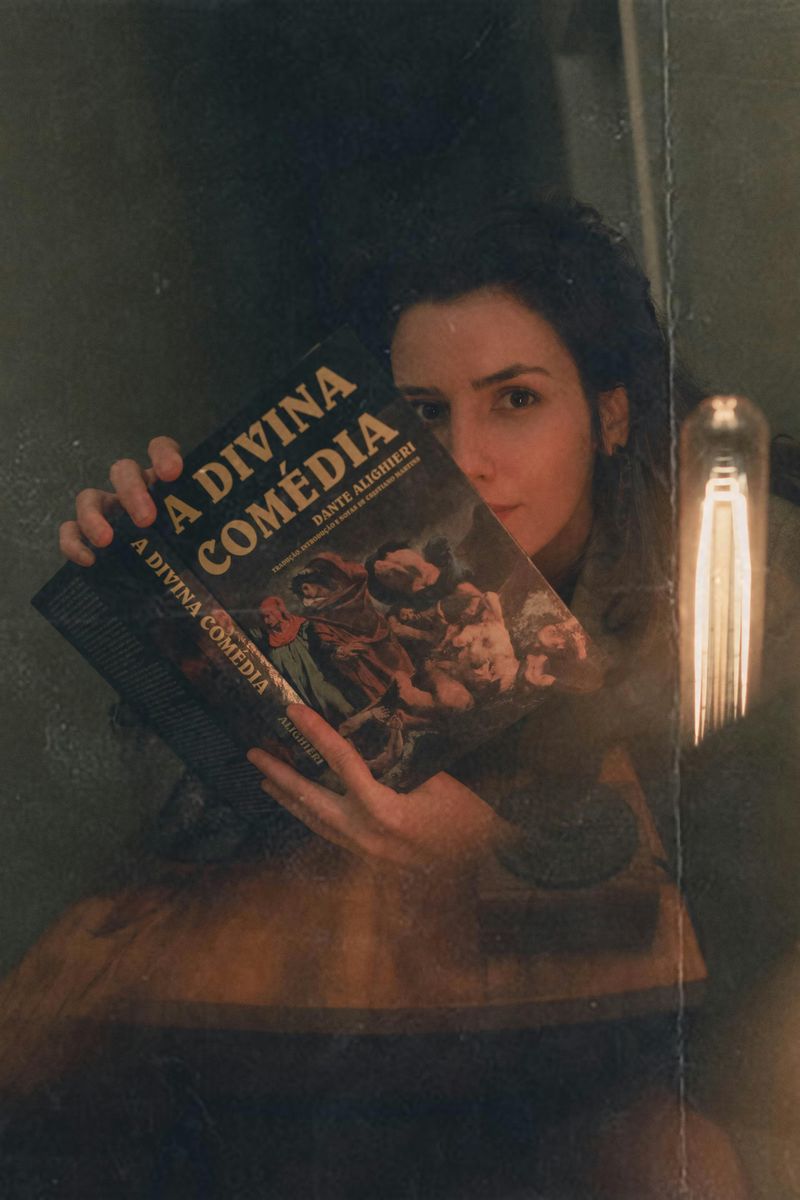
Completed in 1320, Dante’s epic poem follows the poet’s journey through Hell, Purgatory, and Paradise. This monumental work combines theology, politics, and personal experience into a comprehensive vision of the medieval world and the afterlife.
Dante’s vivid imagery and organizational structure have influenced countless writers’ depictions of supernatural realms. His concept of contrapasso—punishments that fit the crime—appears in modern stories exploring justice and consequences.
References to Dante’s work appear throughout literature and popular culture, from T.S. Eliot’s poetry to video games like Devil May Cry, demonstrating how his symbolic landscapes continue to shape our imagination of spiritual journeys and moral choices.
16. Mrs. Dalloway by Virginia Woolf
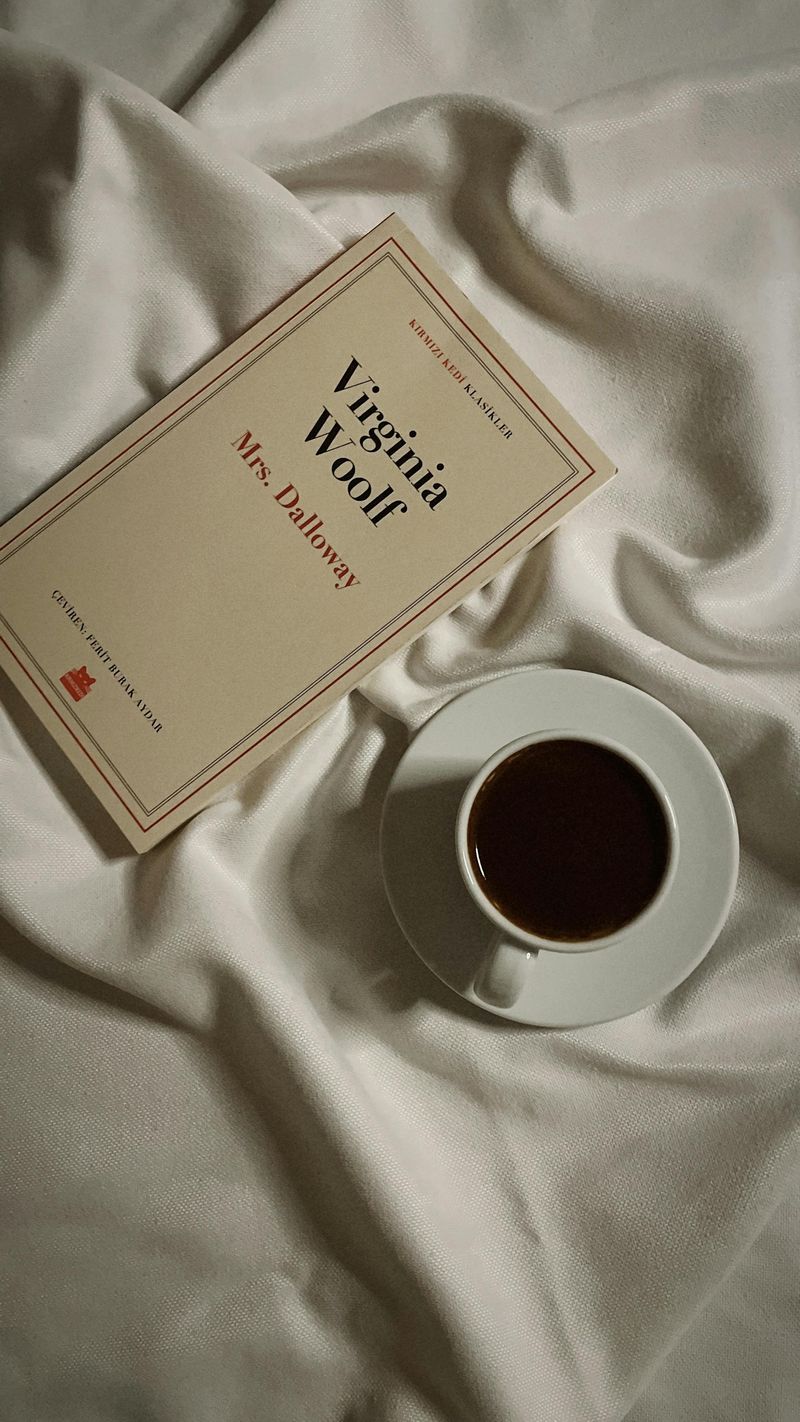
Virginia Woolf’s 1925 novel follows a single day in the life of Clarissa Dalloway as she prepares for a party, while also telling the story of war veteran Septimus Smith. The book pioneered stream-of-consciousness technique, allowing readers direct access to characters’ thoughts as they flow naturally.
Woolf’s fluid movement between different minds and moments revolutionized how writers handle time and perspective. Her technique of using ordinary moments to reveal profound truths continues to influence literary fiction.
Contemporary novels exploring mental health, memory, and the richness of inner life often draw on Woolf’s groundbreaking methods for representing human consciousness on the page.
17. The Tale of Genji by Murasaki Shikibu
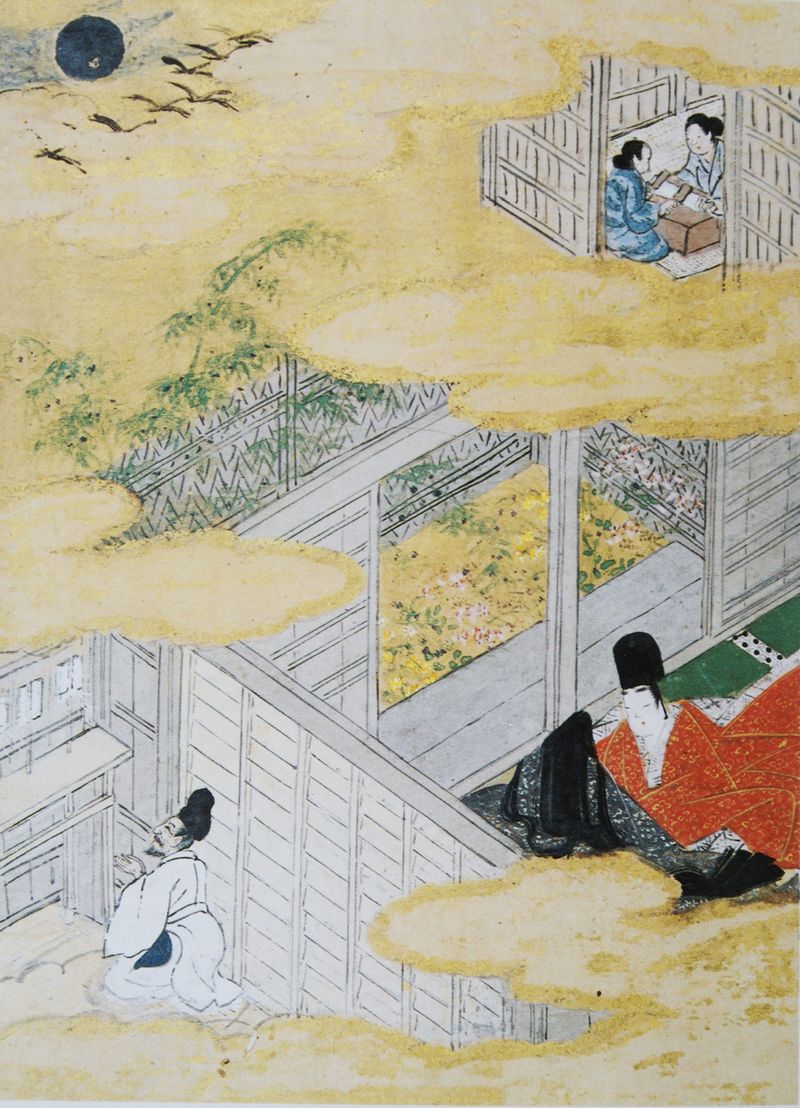
Written by a Japanese noblewoman around 1010 CE, The Tale of Genji is often considered the world’s first novel. This sprawling narrative follows the romantic life of Prince Genji and the political intrigues of the Heian court over decades.
The novel’s psychological depth and attention to characters’ interior lives established techniques that would become standard in fiction. Its realistic portrayal of court life and relationships created a template for social novels that examine specific cultural moments.
Modern Japanese literature continues to reference Genji, while its influence extends to international writers interested in exploring the complexity of human relationships and the passage of time.
18. The Iliad by Homer
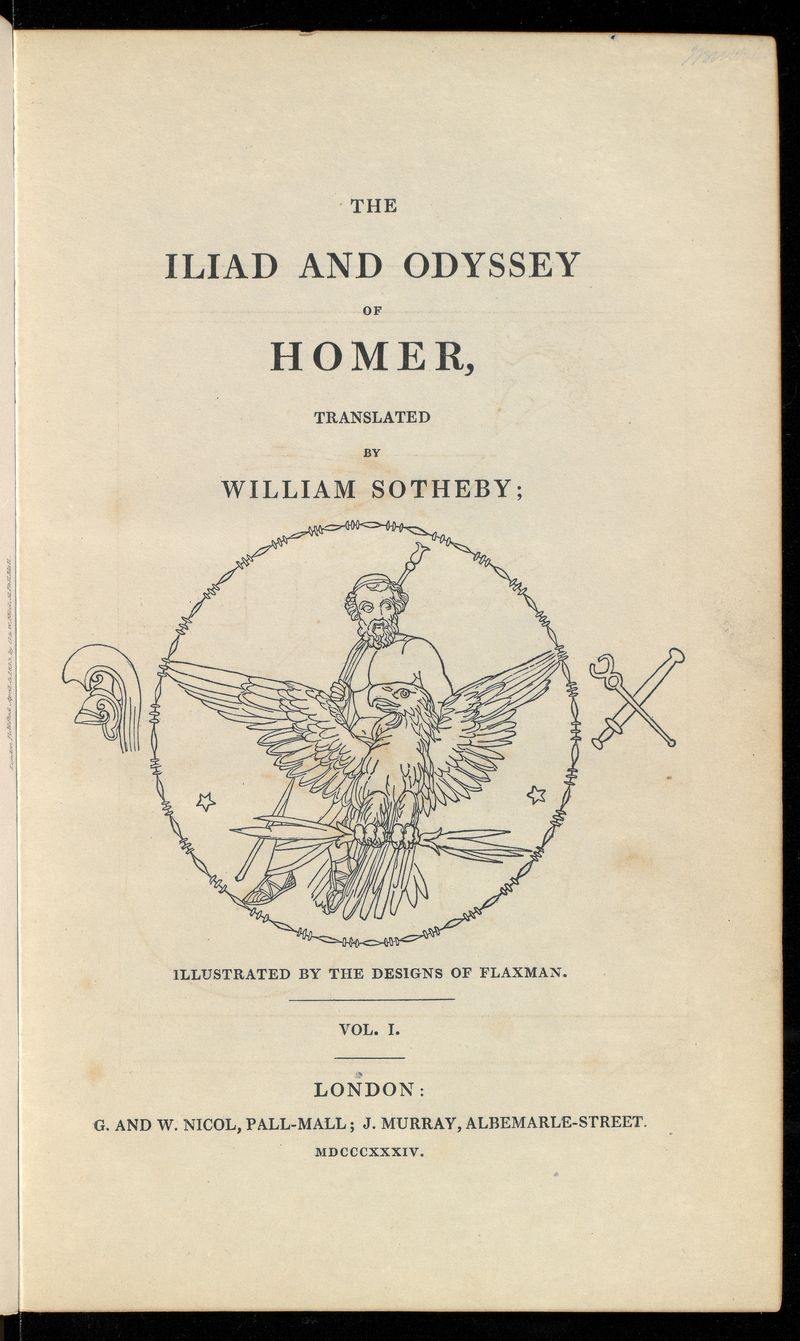
Composed around the 8th century BCE, this ancient Greek epic poem recounts the final weeks of the Trojan War and the conflict between Achilles and Agamemnon. The Iliad established enduring patterns for depicting warfare, heroism, and human emotion in literature.
Homer’s unflinching portrayal of battle violence and its psychological impact continues to influence how writers approach conflict in fiction. The poem’s exploration of honor, rage, and mortality remains relevant to modern discussions of war.
Contemporary war literature and even superhero stories draw on The Iliad’s archetypes and themes, demonstrating how this ancient work still provides a framework for understanding human behavior under extreme circumstances.
19. Crime and Punishment by Fyodor Dostoevsky
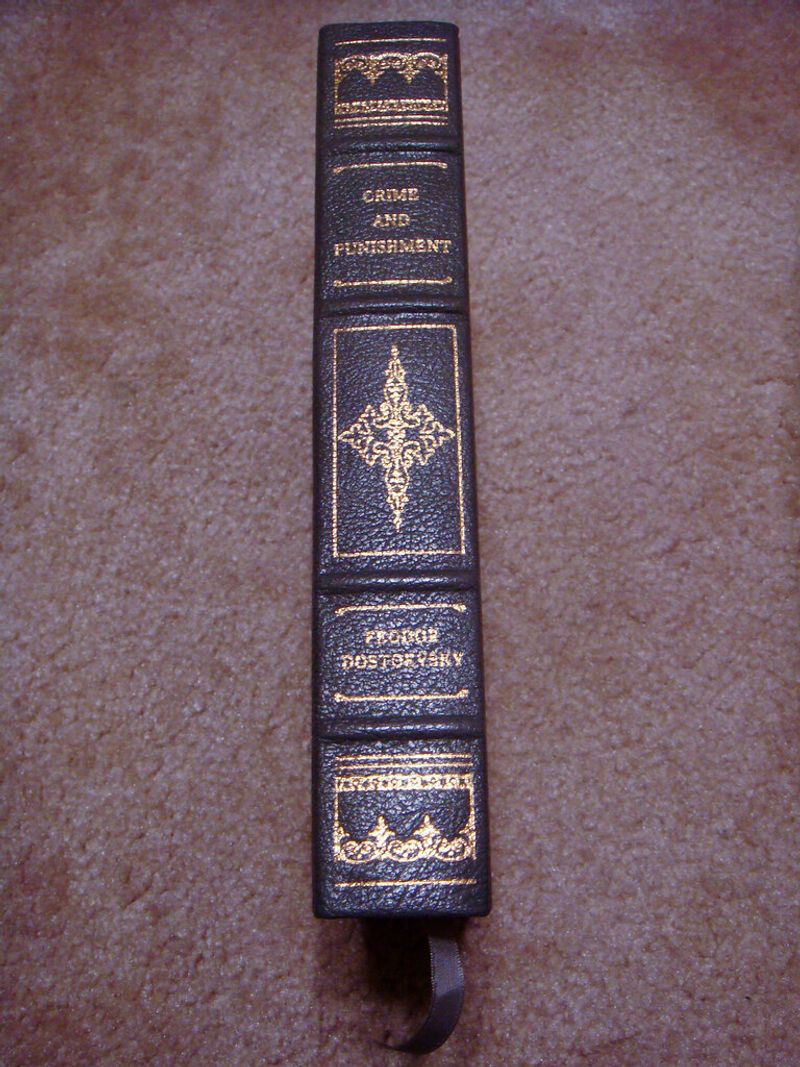
Raskolnikov’s murder of a pawnbroker in Dostoevsky’s 1866 novel opens a window into the complexities of guilt and morality, breaking new ground in psychological fiction.
Modern psychological thrillers and crime fiction continue to explore Dostoevsky’s central insight that the criminal’s greatest punishment often comes from within. His technique of using dreams and hallucinations to reveal subconscious guilt appears in contemporary literature.
The novel’s exploration of how ideology can justify violence remains relevant to modern fiction addressing terrorism, extremism, and the dangers of abstract thinking divorced from human consequences.
20. The Trial by Franz Kafka

In this posthumous 1925 work, Kafka presents Josef K., who faces a confusing and relentless prosecution by an unseen authority.
Modern literature continues to draw on Kafka’s techniques for portraying alienation and institutional oppression. His ability to make abstract threats feel viscerally real influenced how writers depict anxiety and powerlessness.
Contemporary dystopian fiction, from 1984 to The Handmaid’s Tale, builds on Kafka’s insights about how faceless bureaucracies can trap individuals in webs of arbitrary rules and undefined accusations.
21. The Lord of the Rings by J.R.R. Tolkien
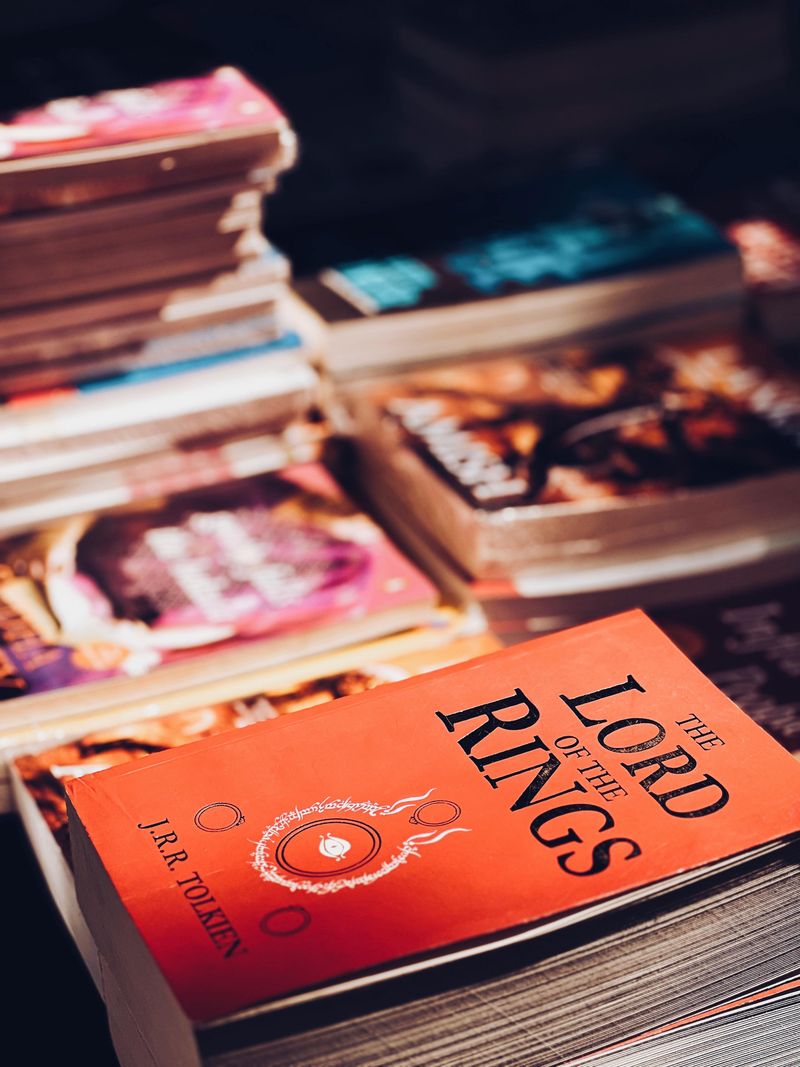
Published between 1954 and 1955, Tolkien’s epic fantasy trilogy about the quest to destroy the One Ring created the template for modern fantasy literature. The richly detailed Middle-earth, with its diverse races, languages, and histories, established a new standard for world-building.
Fantasy authors still work within the framework Tolkien established, either following his model of epic quests against dark forces or deliberately subverting his tropes. His integration of mythology, linguistics, and history showed how fantasy could achieve literary depth.
Beyond literature, Tolkien’s influence extends to role-playing games, video games, and film, making his work foundational to multiple forms of contemporary storytelling and entertainment.
22. Wuthering Heights by Emily Brontë

Emily Brontë’s only novel, published in 1847, tells the passionate and vengeful love story of Catherine Earnshaw and Heathcliff against the wild backdrop of the Yorkshire moors. Initially shocking to Victorian readers, the book’s emotional intensity and complex structure have secured its place in literature.
The novel pioneered techniques like unreliable narration and non-linear storytelling that remain important in contemporary fiction. Its gothic elements and psychological depth influenced the development of both horror and romance genres.
Modern literature continues to draw on Brontë’s insights about destructive passion and the thin line between love and hate, while her untamed natural settings established a tradition of using landscape to reflect emotional states.

Comments
Loading…